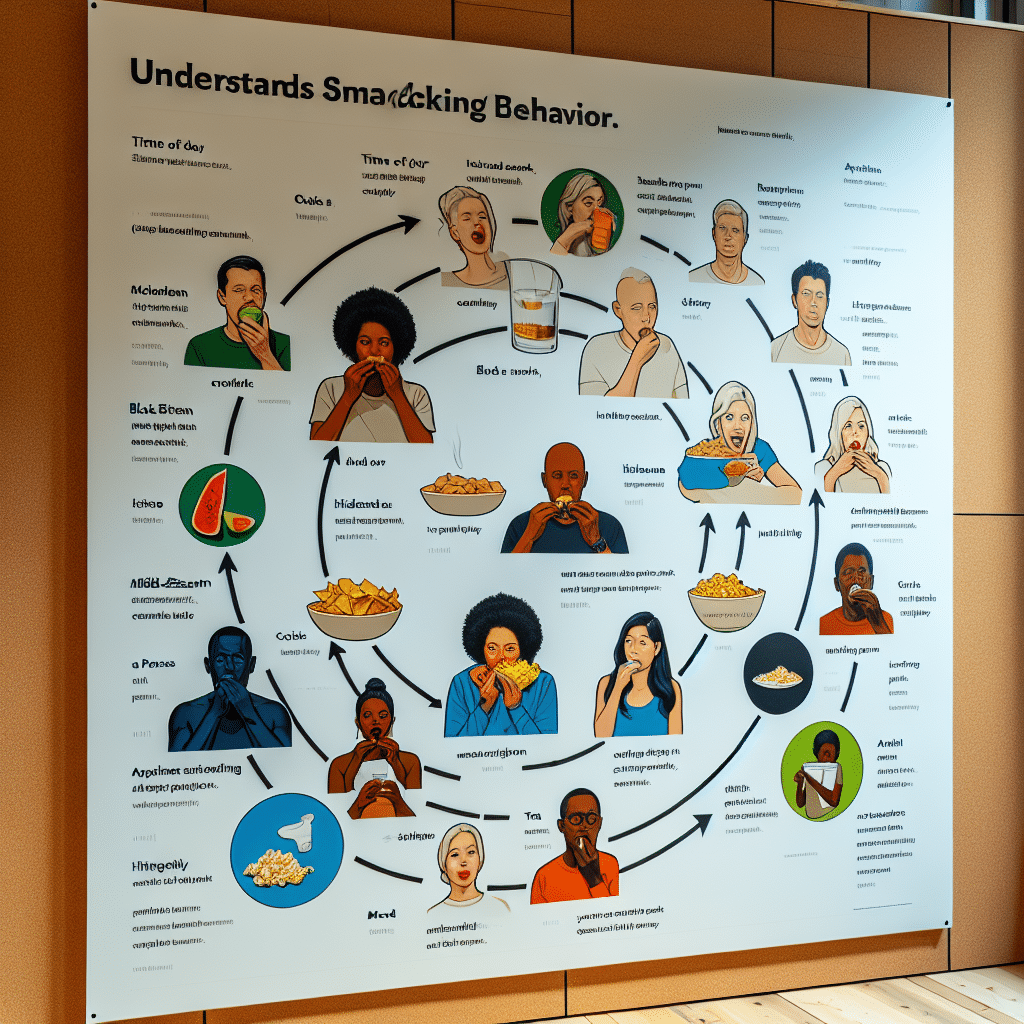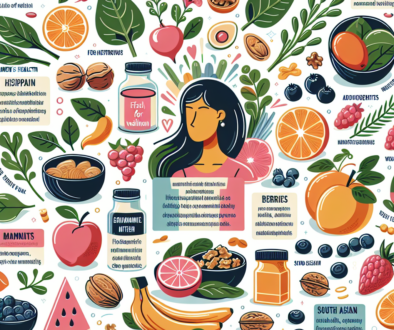Review seeks to understand snacking behavior
-
Table of Contents
- Understanding Snacking Behavior: A Comprehensive Review
- The Nature of Snacking
- Factors Influencing Snacking Behavior
- Health Implications of Snacking
- Case Studies and Statistics
- Strategies for Healthy Snacking
- Conclusion: Key Takeaways on Snacking Behavior
- ETChem’s Protein Products: A Snacking Solution
Understanding Snacking Behavior: A Comprehensive Review

Snacking is a common eating behavior that can have significant implications for health, nutrition, and lifestyle. This review seeks to delve into the patterns, motivations, and impacts of snacking behavior, drawing on recent research and case studies to provide a nuanced understanding of this widespread practice.
The Nature of Snacking
Snacking refers to the consumption of food or beverages between regular meals. It is a behavior influenced by a complex interplay of physiological, psychological, social, and environmental factors. Snacks can range from nutrient-dense options like fruits and nuts to high-calorie, low-nutrient foods such as chips and candy.
Factors Influencing Snacking Behavior
Several factors contribute to why, when, and how people snack. These include:
- Hunger and Satiety: The physiological need for energy often drives snacking. However, people also snack due to perceived hunger, which may not always align with actual energy needs.
- Emotions: Emotional states such as stress, boredom, or happiness can trigger snacking. Comfort eating is a common response to negative emotions.
- Environment: Accessibility and availability of snack foods can greatly influence snacking habits. For example, a workplace with a vending machine is likely to encourage more snacking.
- Social Influences: Social gatherings and cultural norms can dictate snacking behavior. For instance, popcorn at the movies is a well-established social snack habit.
- Marketing and Advertising: Exposure to food advertising can increase the likelihood of snacking, particularly on branded and processed snack foods.
Health Implications of Snacking
Snacking can have both positive and negative effects on health, depending on the types of foods consumed and the context of the behavior.
- Weight Management: Snacking on high-calorie, low-nutrient foods can contribute to weight gain, while mindful snacking on nutrient-dense foods may aid in weight control.
- Nutrient Intake: Snacks can be an opportunity to increase the intake of essential nutrients, particularly if they consist of fruits, vegetables, whole grains, and lean proteins.
- Metabolic Health: Frequent snacking, especially on sugary or high-fat foods, can disrupt normal metabolic processes and lead to issues like insulin resistance.
Case Studies and Statistics
Research has provided valuable insights into snacking behavior. For example, a study published in the “Journal of Nutrition” found that snacking contributes significantly to dietary intake among adults, with snacks providing about 24% of daily energy intake. Another study highlighted that individuals who snack on nuts tend to have healthier diets overall compared to non-nut snackers.
Statistics also reveal interesting trends. According to the National Health and Nutrition Examination Survey (NHANES), 97% of Americans report snacking, with the average person snacking about 2.2 times per day. These figures underscore the prevalence of snacking as a dietary behavior.
Strategies for Healthy Snacking
To harness the potential benefits of snacking while minimizing the risks, consider the following strategies:
- Plan Ahead: Prepare healthy snacks in advance to avoid reaching for less nutritious options when hunger strikes.
- Portion Control: Be mindful of portion sizes to prevent overeating.
- Choose Whole Foods: Opt for snacks that are close to their natural state, such as fresh fruits and vegetables, nuts, and seeds.
- Read Labels: Pay attention to nutrition labels to make informed choices about packaged snacks.
Conclusion: Key Takeaways on Snacking Behavior
In conclusion, snacking is a complex behavior influenced by a myriad of factors. While it can pose challenges to health and weight management, it also offers opportunities for improving nutrient intake. By understanding the drivers of snacking and adopting strategies for healthier choices, individuals can integrate snacking into a balanced diet that supports overall well-being.
ETChem’s Protein Products: A Snacking Solution
For those looking to make healthier snacking choices, ETChem’s protein products offer a nutritious alternative. Their range of collagen-based snacks provides a satisfying option that can help manage hunger, support muscle health, and contribute to a balanced diet. Whether you’re seeking a post-workout snack or a midday pick-me-up, ETChem’s protein offerings are worth considering.
About ETChem:
ETChem, a reputable Chinese Collagen factory manufacturer and supplier, is renowned for producing, stocking, exporting, and delivering the highest quality collagens. They include marine collagen, fish collagen, bovine collagen, chicken collagen, type I collagen, type II collagen and type III collagen etc. Their offerings, characterized by a neutral taste, instant solubility attributes, cater to a diverse range of industries. They serve nutraceutical, pharmaceutical, cosmeceutical, veterinary, as well as food and beverage finished product distributors, traders, and manufacturers across Europe, USA, Canada, Australia, Thailand, Japan, Korea, Brazil, and Chile, among others.
ETChem specialization includes exporting and delivering tailor-made collagen powder and finished collagen nutritional supplements. Their extensive product range covers sectors like Food and Beverage, Sports Nutrition, Weight Management, Dietary Supplements, Health and Wellness Products, ensuring comprehensive solutions to meet all your protein needs.
As a trusted company by leading global food and beverage brands and Fortune 500 companies, ETChem reinforces China’s reputation in the global arena. For more information or to sample their products, please contact them and email karen(at)et-chem.com today.




